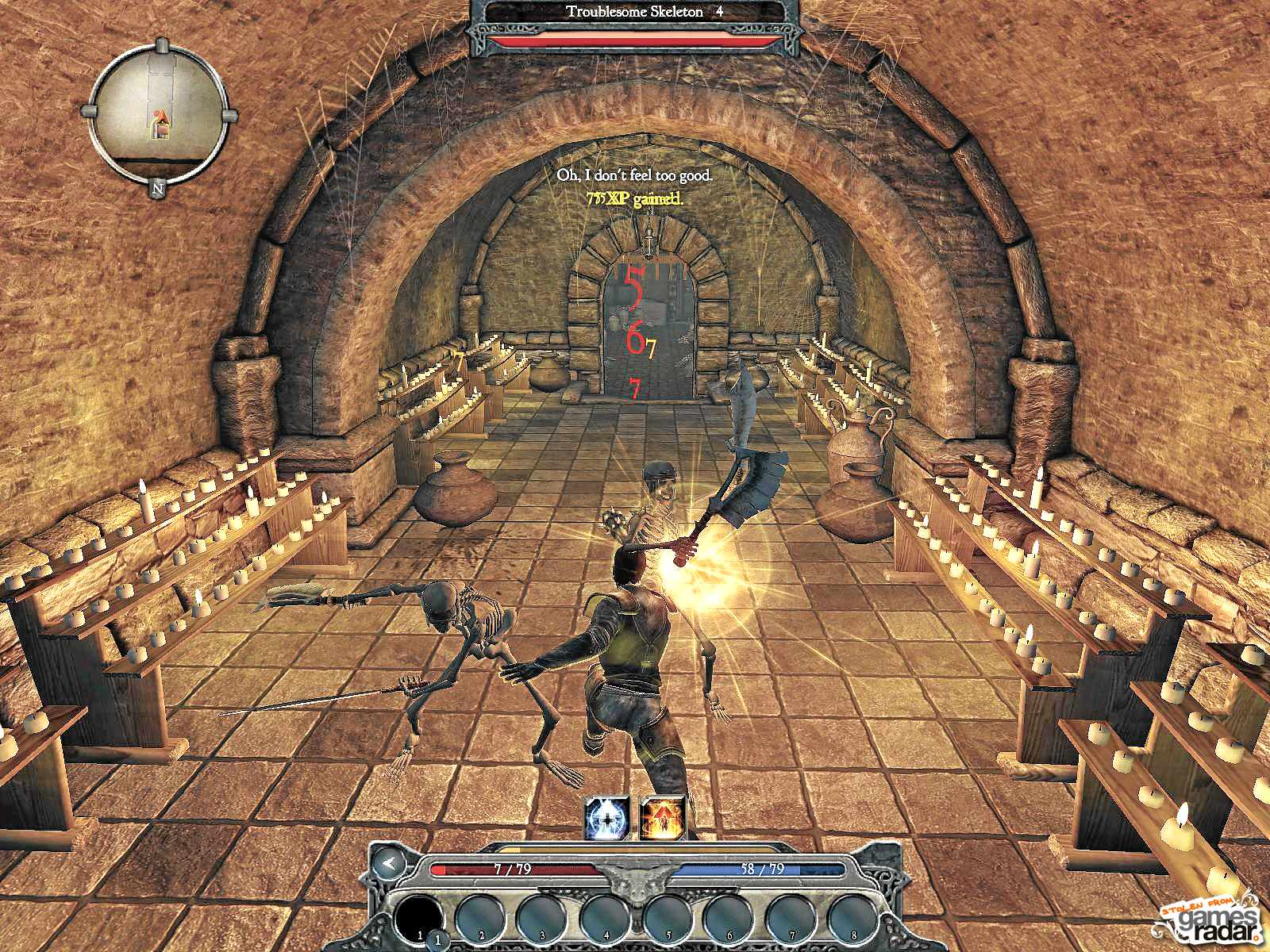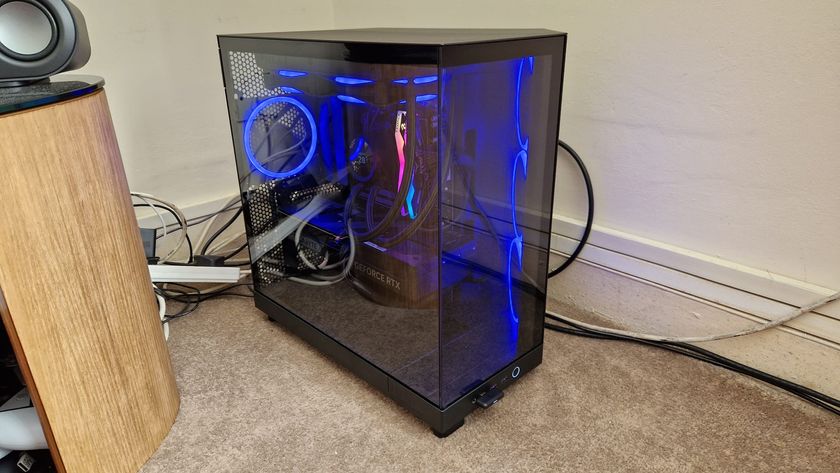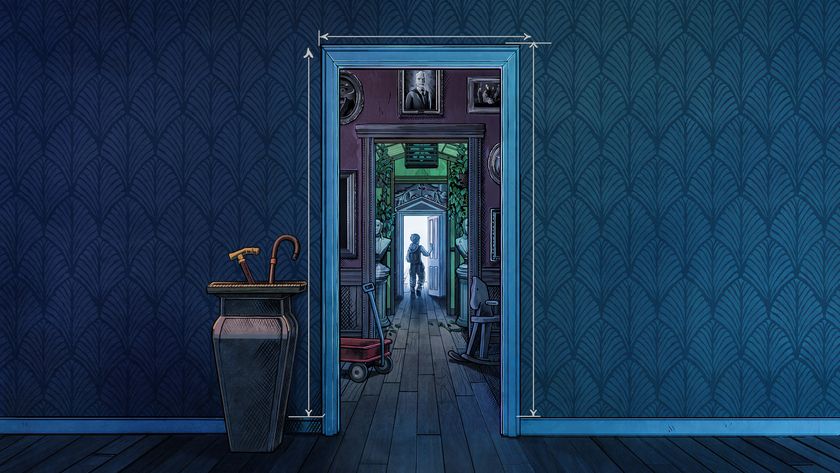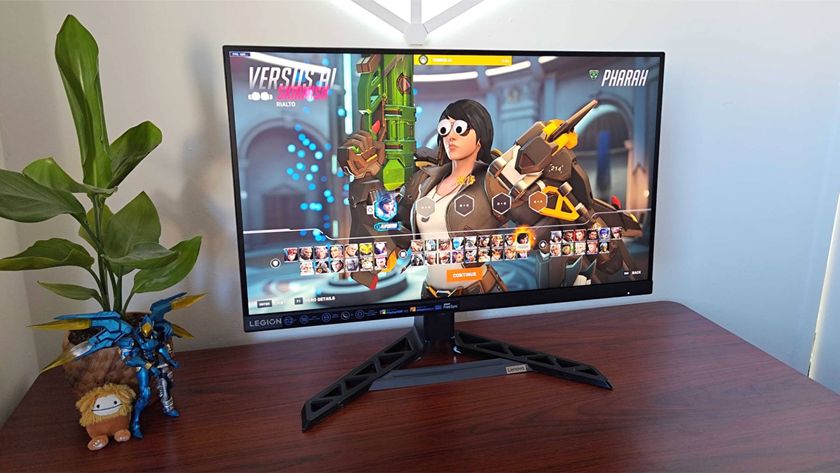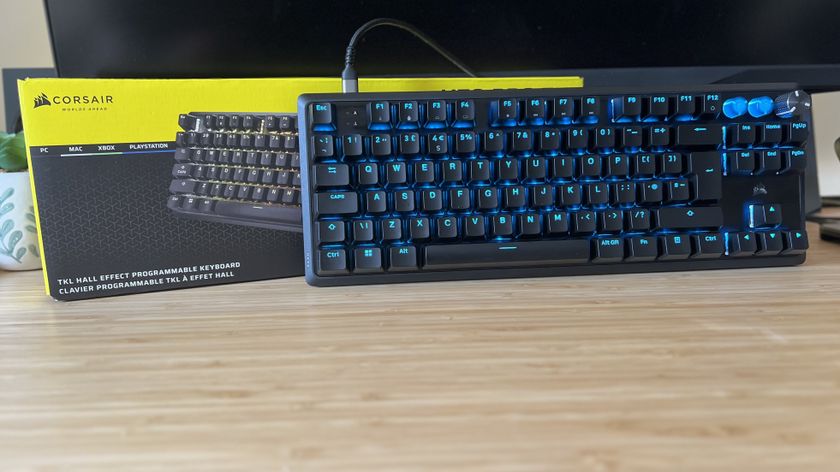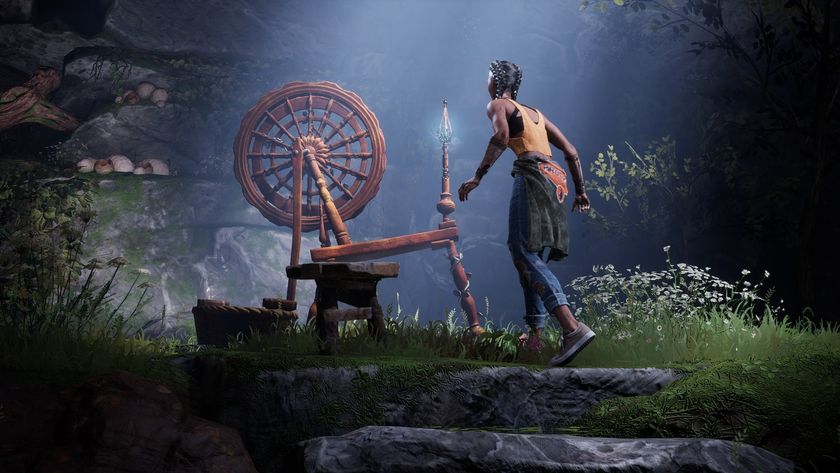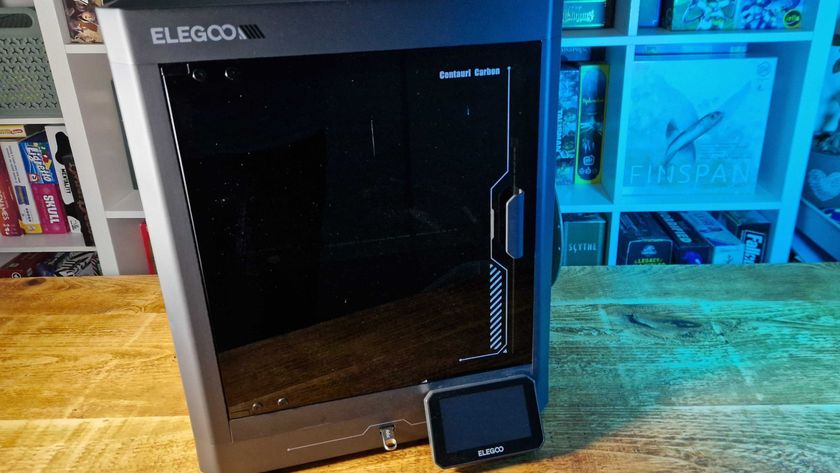GamesRadar+ Verdict
Pros
- +
Engaging story
- +
A number of clever ideas
- +
Can morph into a dragon
Cons
- -
Engine can't handle the game
- -
Have to grind boring side quests
- -
Costs more than superior PC version
Why you can trust GamesRadar+
No matter how many times we’ve been let down in the past by technically crippled RPGs like Risen or Two Worlds, there’s always a sliver of hope that lessons will have been learnt in time for the next one. Lessons like ‘Don’t release it with more bugs than Amy Winehouse’s hairbrush’ or ‘Make sure your engine can handle what you’re asking it to do’. Sadly, it’s the last one that mars Divinity II.
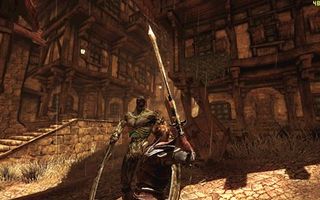
While we didn’t encounter any serious glitches, the engine’s clearly struggling with both the scale of the world and your interaction with it. The framerate’s a constant problem, as is the jerky camera, and the bizarre stuttering animation of many of the NPCs and enemies. Although installing the disc to the hard drive seemed to ease some of these problems, it’s never an entirely smooth ride.
Persevere, however, and Divinity II has a lot going for it. Despite the ‘II’ in the title it’s actually the third in the series, and the first to appear in 3D and on a console; this one sees you playing as a Dragon Slayer turned Dragon Knight, who’s on a mission to kill a bald dude named Damian.
The story is well executed, the characters are pretty interesting, and the voice acting ranges from acceptable to quite good, encompassing all of the hilarious regional accents we’ve come to expect from the genre. Combat initially feels clunky, but it soon opens up once you acquire some gratifying spells and abilities. It’s hard, too – unless you take the time to grind or complete side-quests, you won’t have much luck with the main quests.

Divinity II has an abundance of clever ideas – you can morph into a dragon, while your appearance (and gender) can be changed on a whim – and if you can deal with the sloppy nature of the engine it eventually turns into a bountiful and rewarding action RPG. Once again, however, we’re being asked to pay around 10 bucks more for a lesser version of a distinctly PC-focused game, and you’ve got to admit that rankles just a little bit?
Jan 5, 2010
More info
| Genre | Role Playing |
| Description | This hardcore RPG series is big in most of Europe, but this sequel is too grind-heavy and unremarkable to make a splash this time. |
| Platform | "PC","Xbox 360" |
| US censor rating | "Mature","Mature" |
| UK censor rating | "12+","12+" |
| Release date | 1 January 1970 (US), 1 January 1970 (UK) |

Nintendo Switch 2 pre-orders will go live today, here's all the latest UK stock
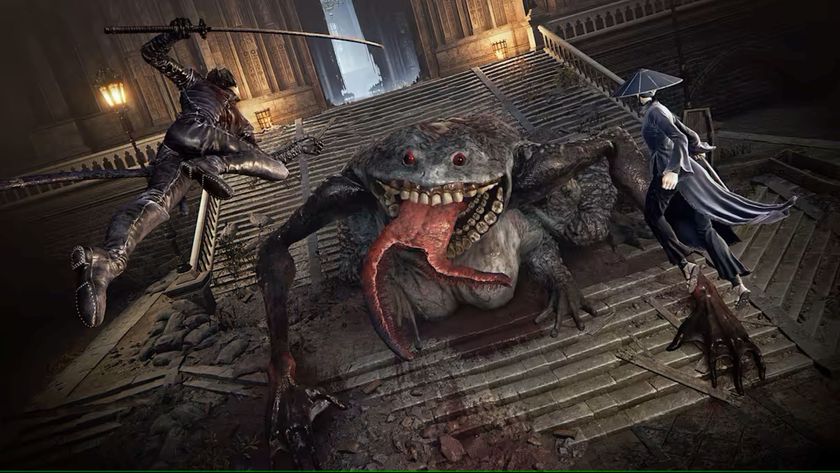
Nintendo of America president Doug Bowser says FromSoftware's The Duskbloods is evidence of Hidetaka Miyazaki's faith in the Switch 2 hardware
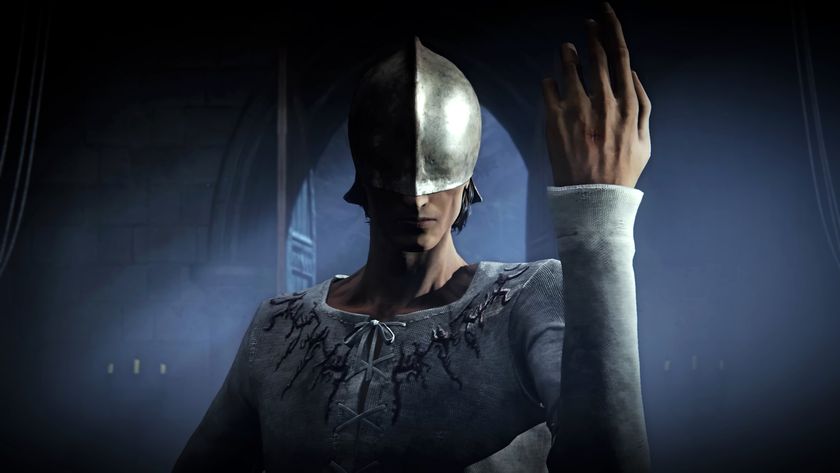
Former PlayStation exec Shuhei Yoshida gives the Switch 2 Direct a 7/10, and he says it would be even lower if FromSoftware didn't show up with The Duskbloods
